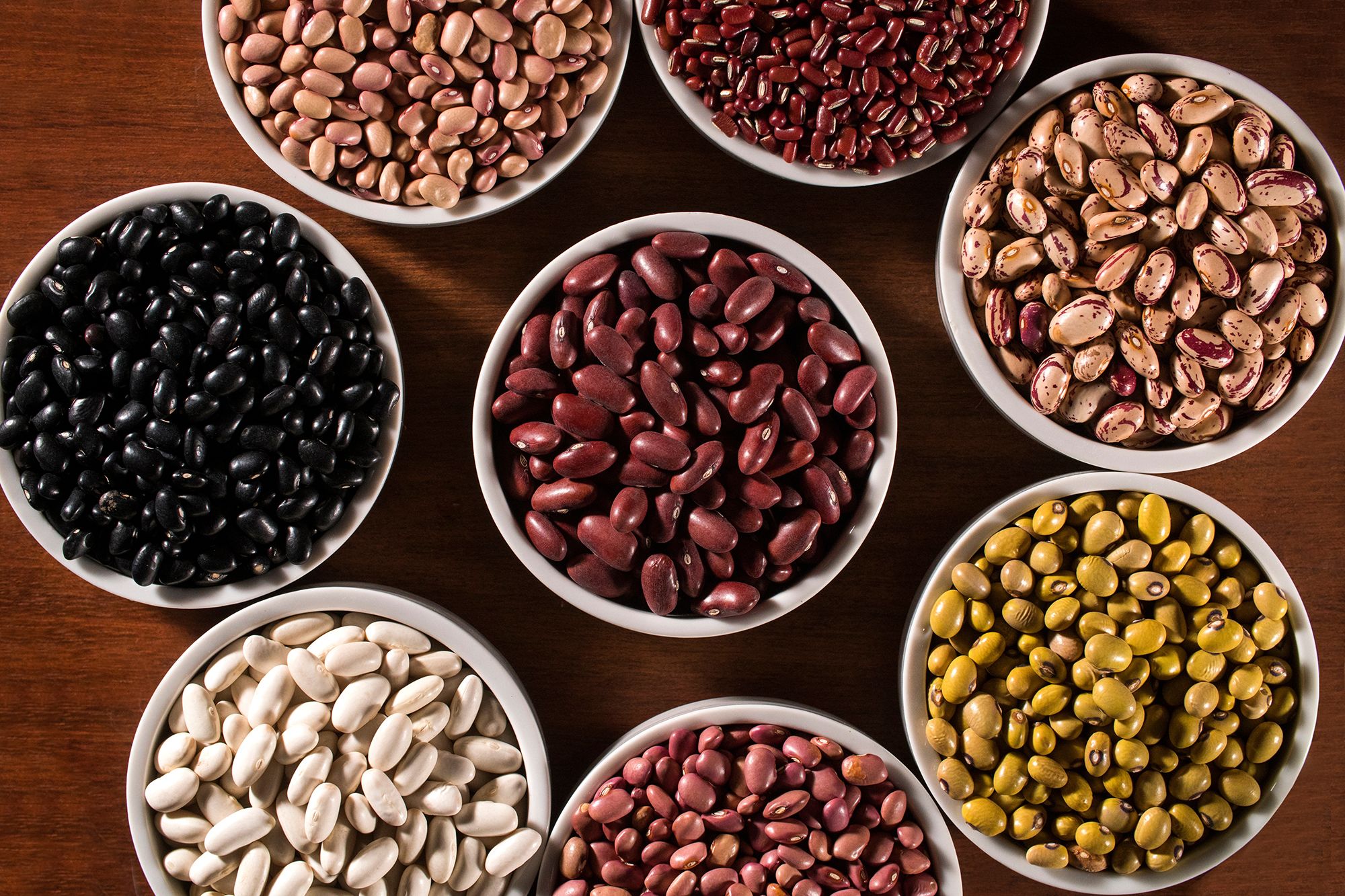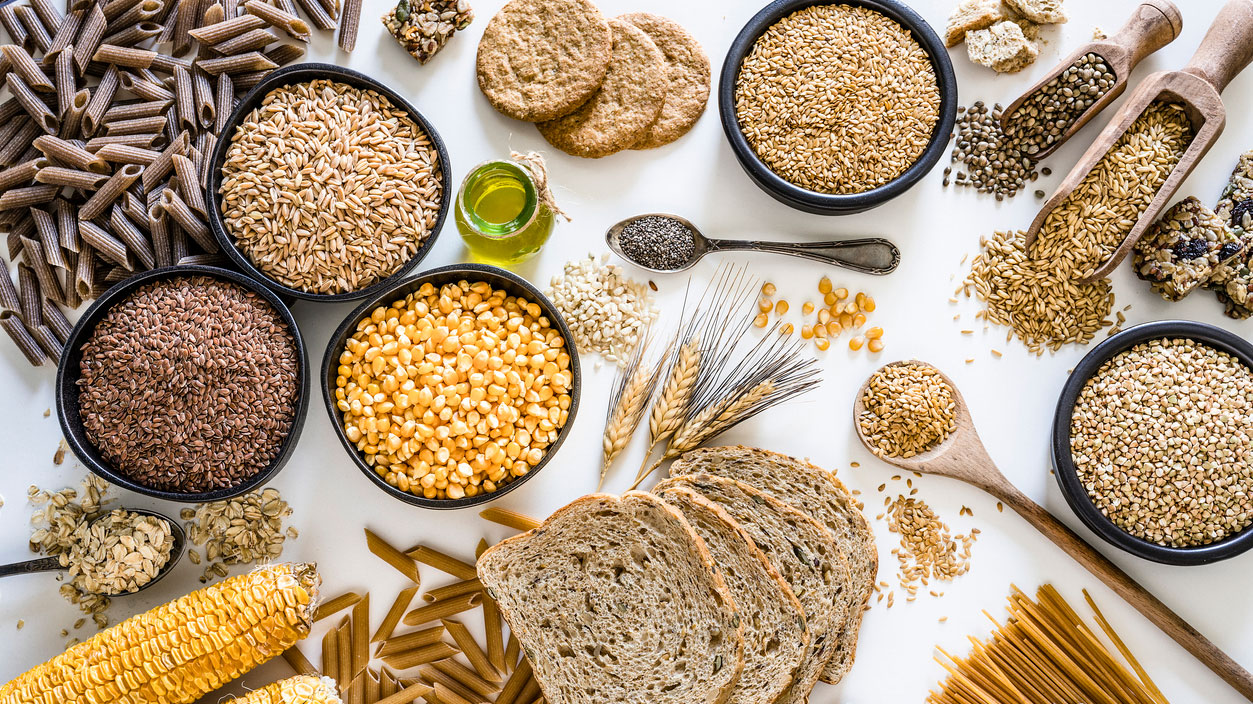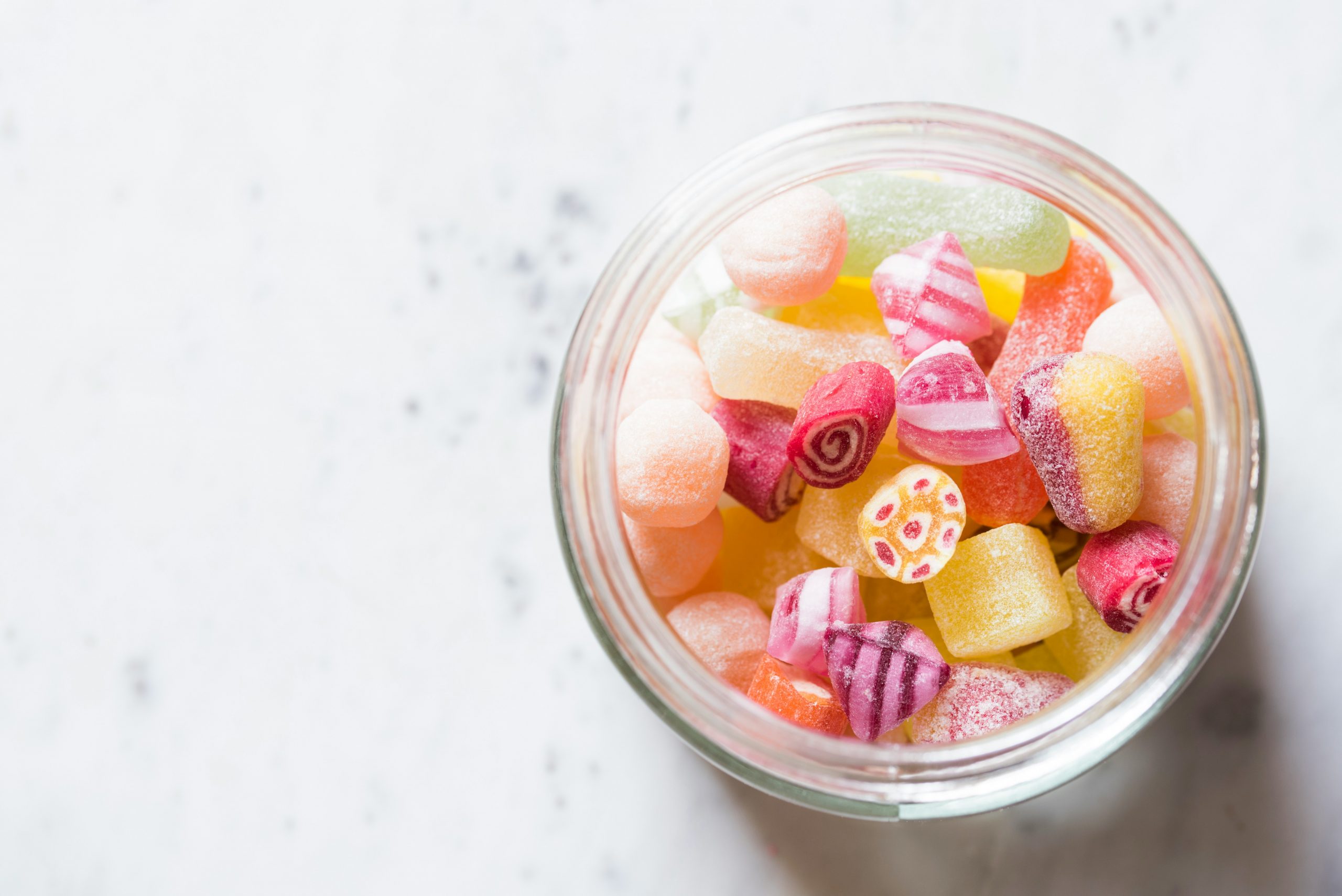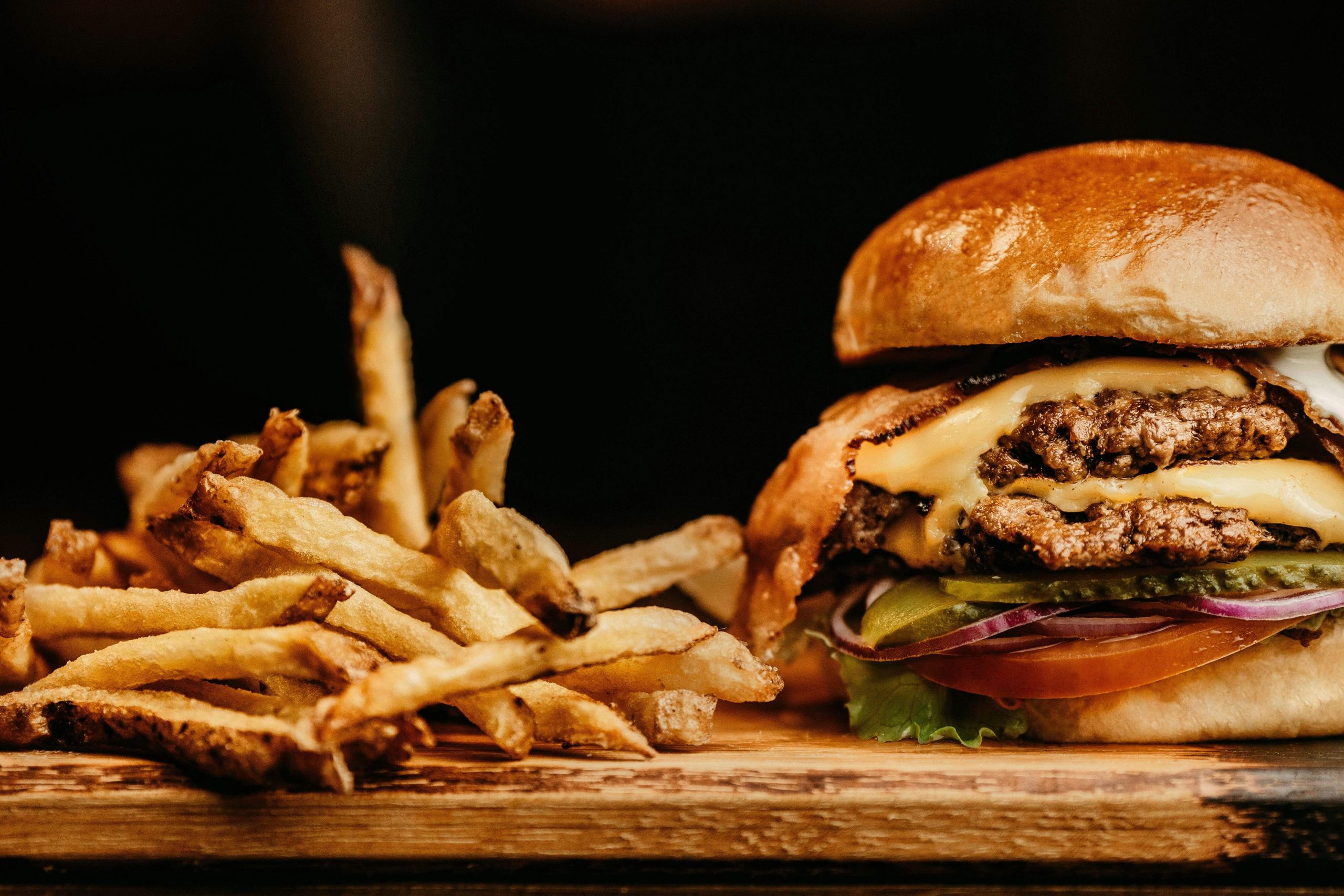Gas — a natural bodily function that everyone experiences, yet it can be uncomfortable and, at times, socially awkward. From beans to dairy and even some surprising culprits like chewing gum, understanding the foods that trigger gas is the first step to managing your experience with flatulence.
What is flatulence?
Flatulence, or passing gas, is the result of the digestive process in which bacteria break down food in the large intestine, producing gases like hydrogen, methane, and carbon dioxide. This process occurs naturally as part of digestion but can be exacerbated by certain foods and lifestyle factors, leading to increased gas production and discomfort.
Common signs of gas
Gas can manifest in several ways, including:
- Burping
- Bloating
- Abdominal discomfort or cramps
- Passing gas (flatulence)
According to Healthline, most people pass gas between 10-20 times per day on average, though this can vary widely from person to person based on diet and other factors.
Foods that cause gas
Certain foods are notorious for causing gas due to their composition or how they interact with the digestive system.
Beans: High in raffinose, a complex sugar that’s challenging to digest, beans often lead to increased gas production. Soaking beans before cooking and using products like Simethicone may help reduce gas.

Dairy products: Lactose intolerance can cause gas due to the body’s inability to digest lactose, a sugar found in dairy. Switching to lactose-free alternatives or using lactase supplements can mitigate symptoms.
Whole grains: Fibre-rich whole grains like wheat and oats, along with starches, can ferment in the large intestine, producing gas. Opting for lower-fibre grains like rice may be easier on the digestive system.

Certain vegetables: Brussels sprouts, broccoli, cabbage, and others contain raffinose and fiber, contributing to gas. These vegetables offer numerous health benefits, so moderation rather than elimination is recommended.
Carbonated drinks: Sodas and carbonated beverages introduce air into the digestive tract, leading to increased burping and gas. Switching to non-carbonated alternatives can help reduce gas.
Fruits: Apples, peaches, and pears contain sorbitol, a sugar alcohol that’s challenging to digest. Sorbitol and soluble fibre found in fruits can contribute to gas production.
Hard candy and gum: Sucking on hard candy can cause excess air swallowing, and many varieties contain sorbitol, further contributing to gas. Chewing gum can introduce air into the digestive system and may contain sugar alcohols like sorbitol, exacerbating gas production.

Onions: Natural sugars in onions, such as fructose, can lead to increased gas when broken down by intestinal bacteria.
Processed foods: Packaged foods often contain a mix of ingredients, including fructose and lactose, which can contribute to gas. Choosing whole, unprocessed foods may help reduce gas.

Managing gas
If you suspect certain foods are causing excessive gas, consider keeping a food diary to track symptoms. Gradually eliminate or reduce problematic foods from your diet to see if symptoms improve. Additionally, over-the-counter remedies like Beano or lactase supplements may help manage gas associated with specific foods.
Remember, everyone’s digestive system is unique, so what triggers gas for one person may not affect another in the same way. Consult with a healthcare professional if you experience persistent or severe gas symptoms to rule out underlying conditions like lactose intolerance or irritable bowel syndrome.
By identifying and moderating your intake of gas-inducing foods, you can take control of your digestive health and reduce discomfort associated with gas and bloating. A balanced diet rich in whole foods and mindful eating practices can support digestive wellness, allowing you to enjoy meals without the worry of unwelcome gas.
ALSO SEE: Foods that help with nausea
Feature image: Pexels

